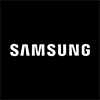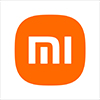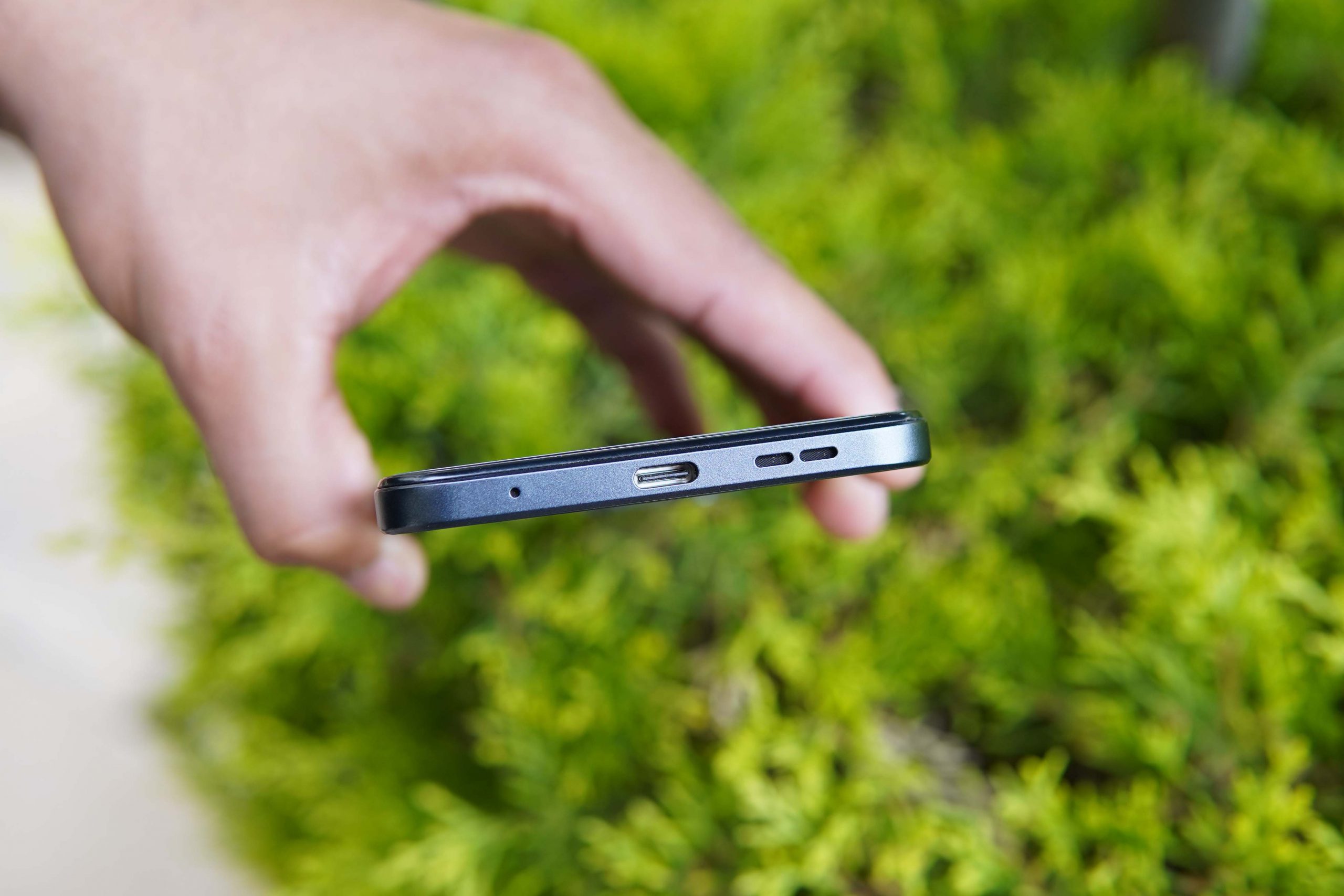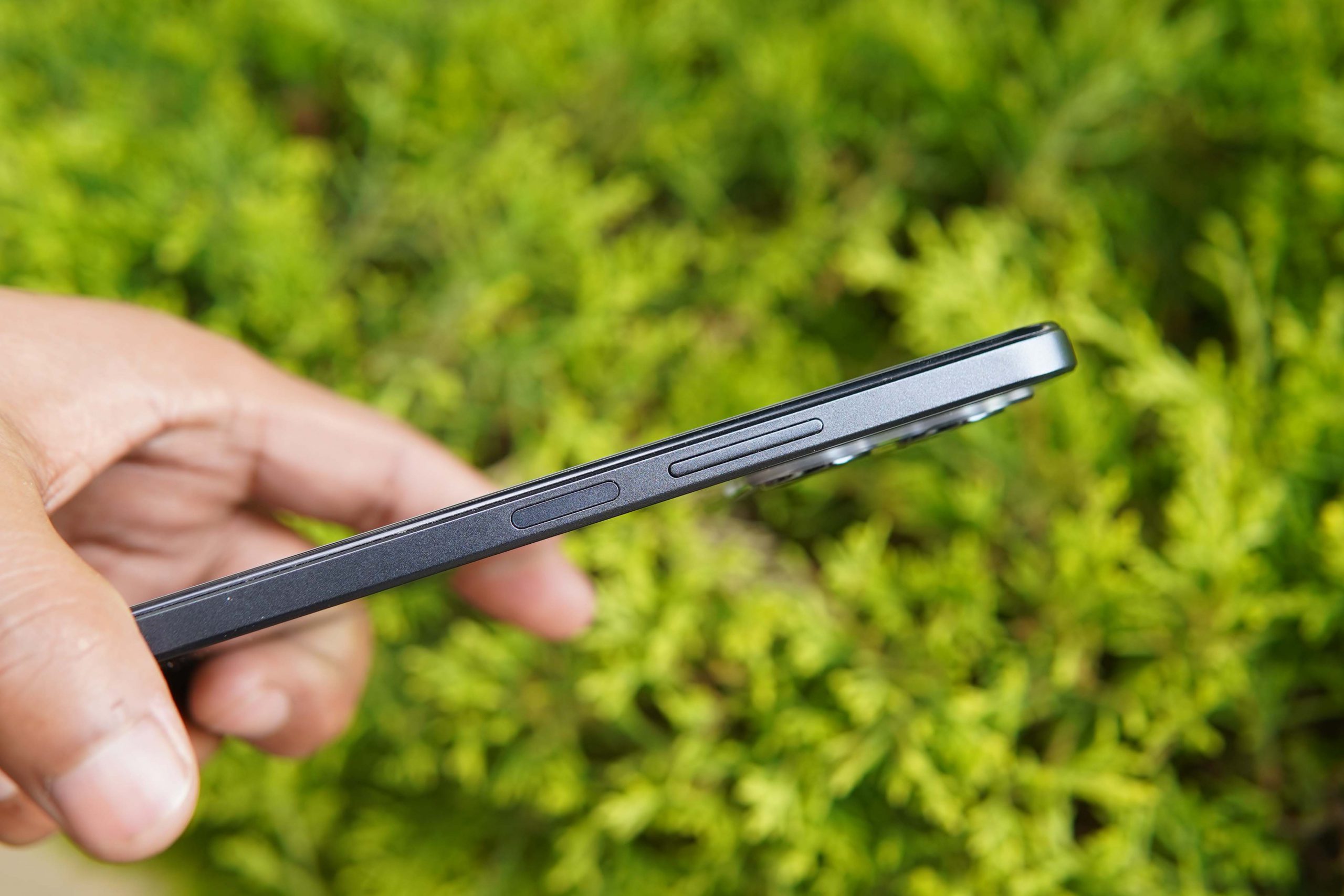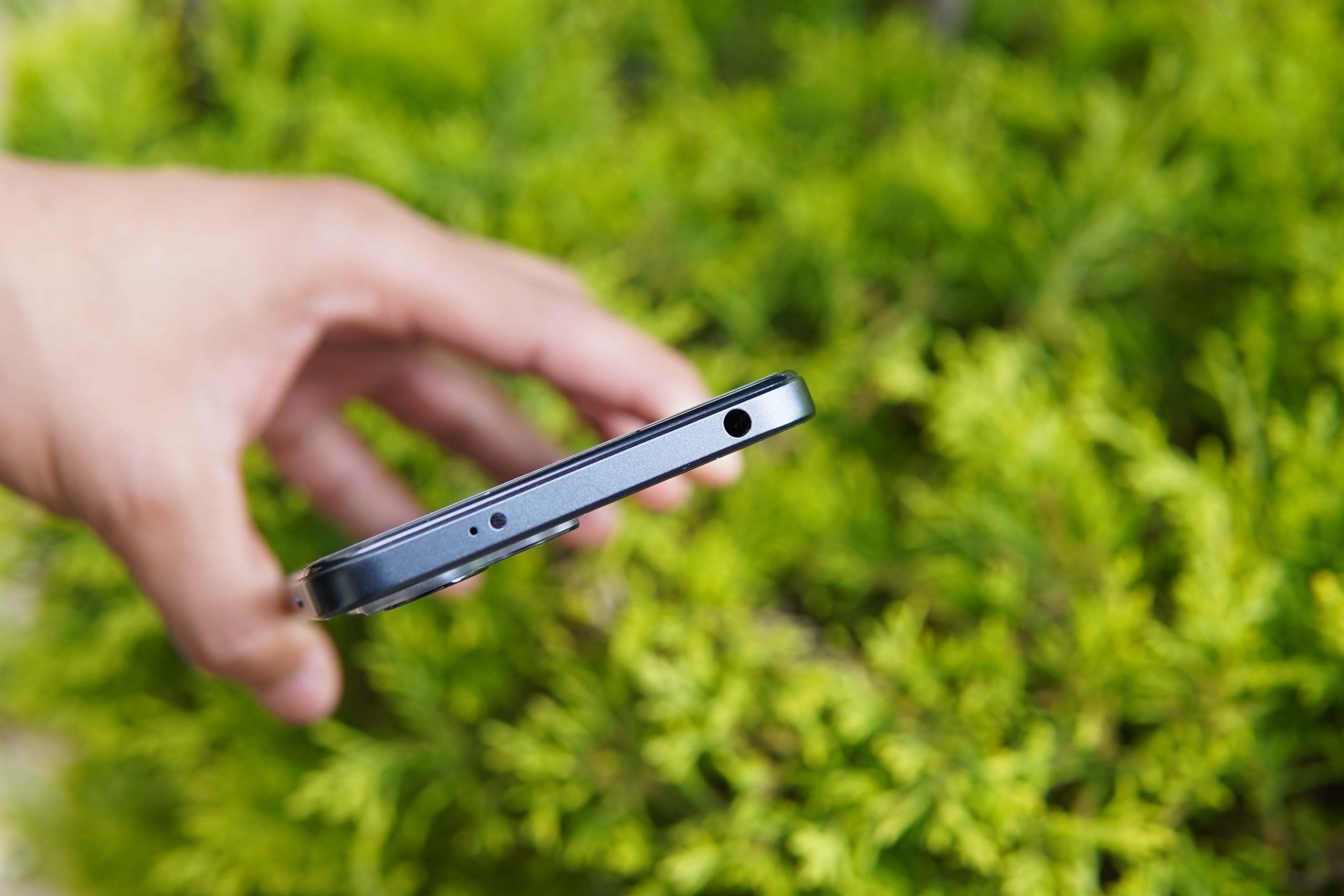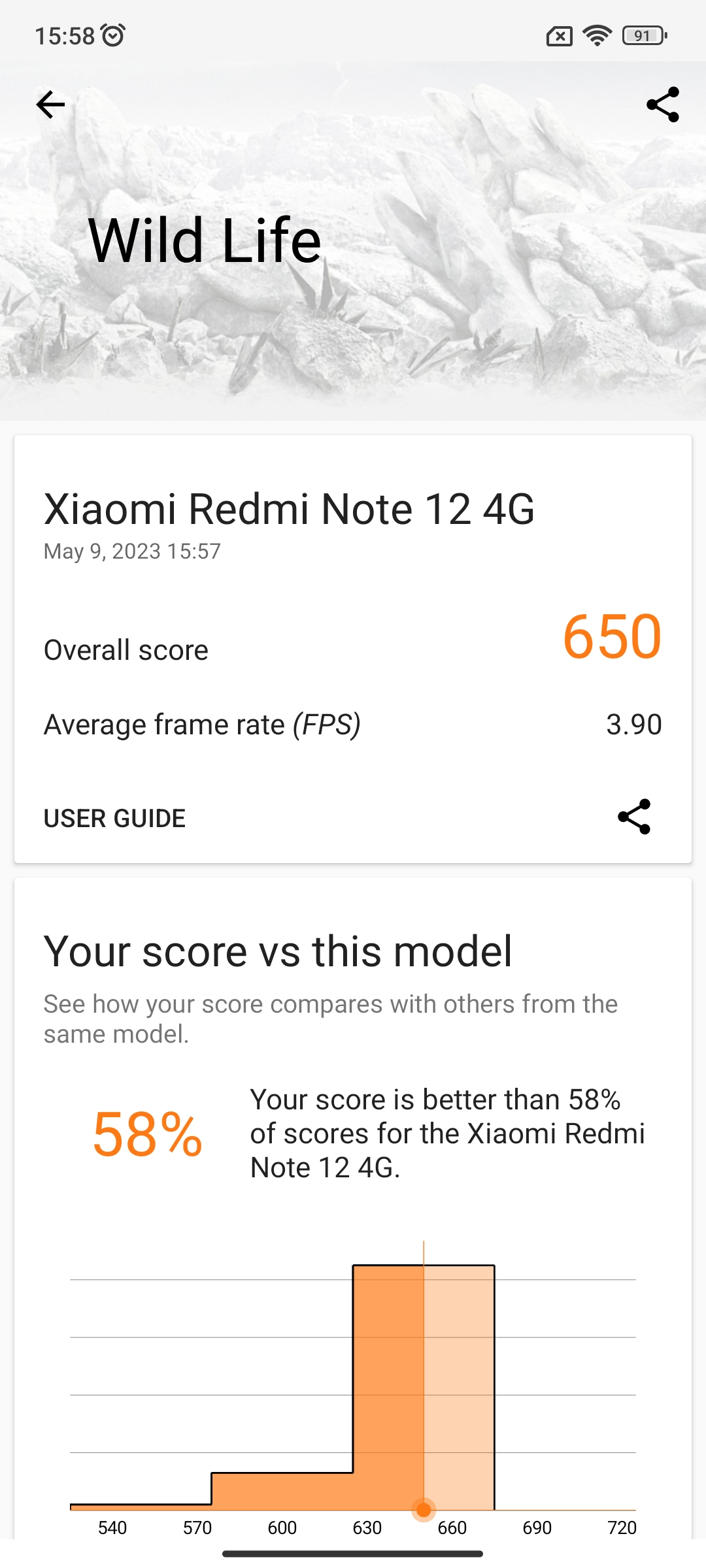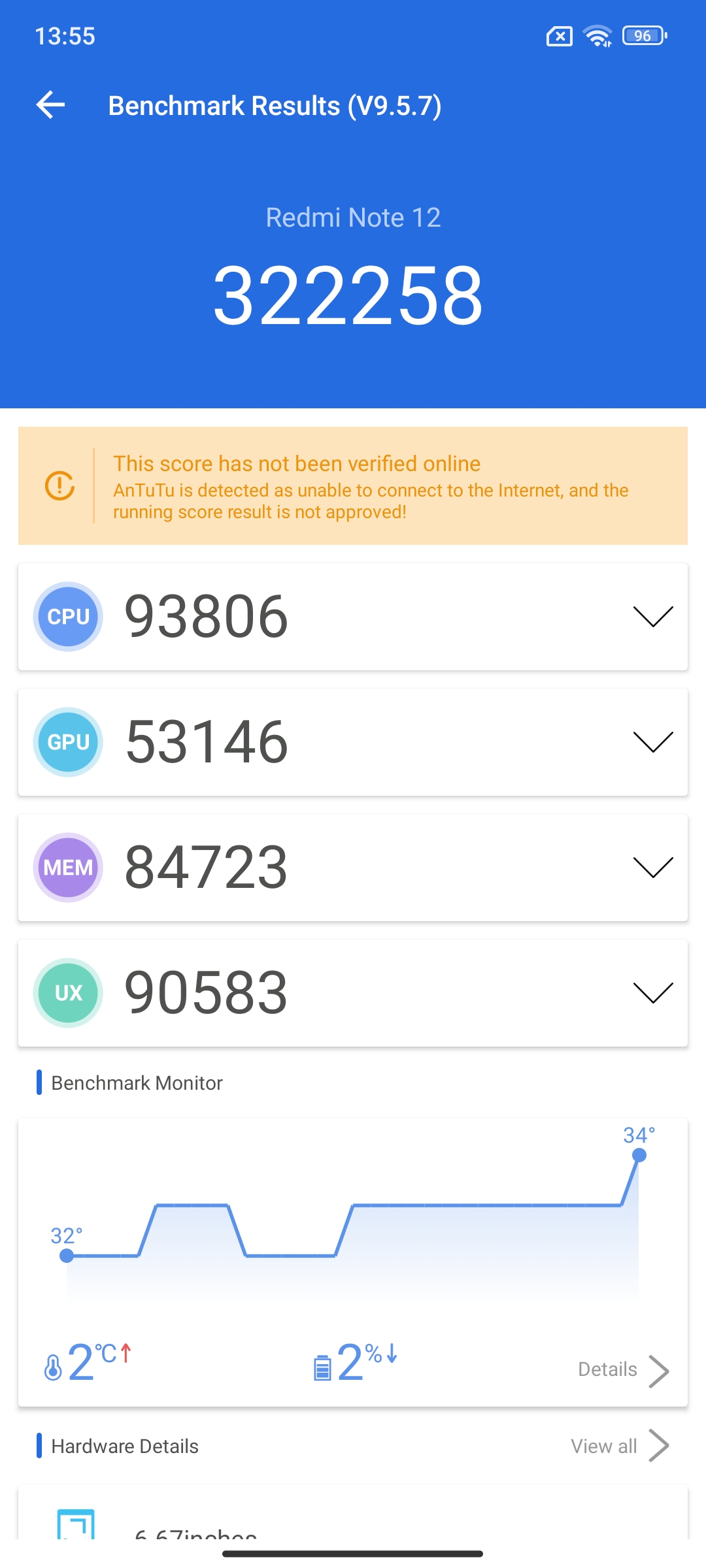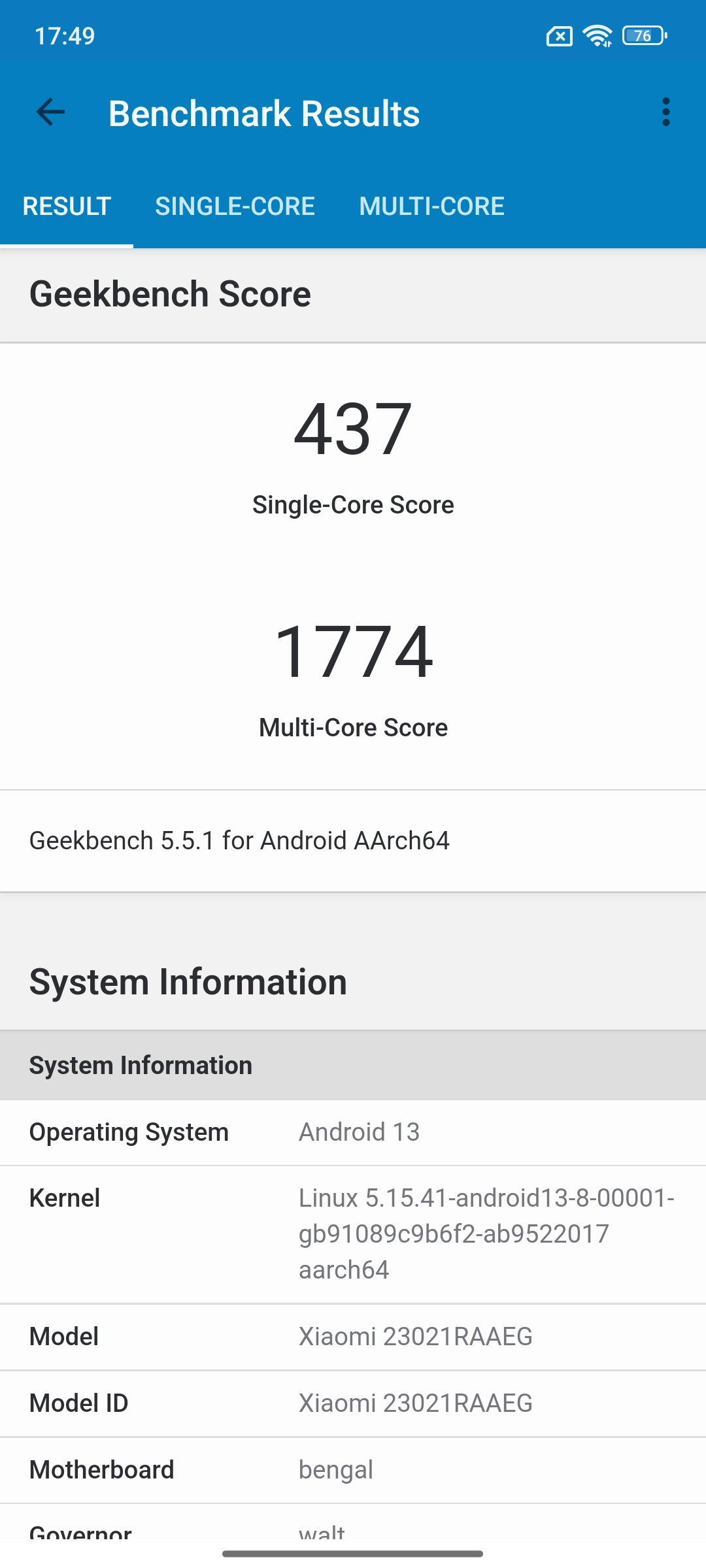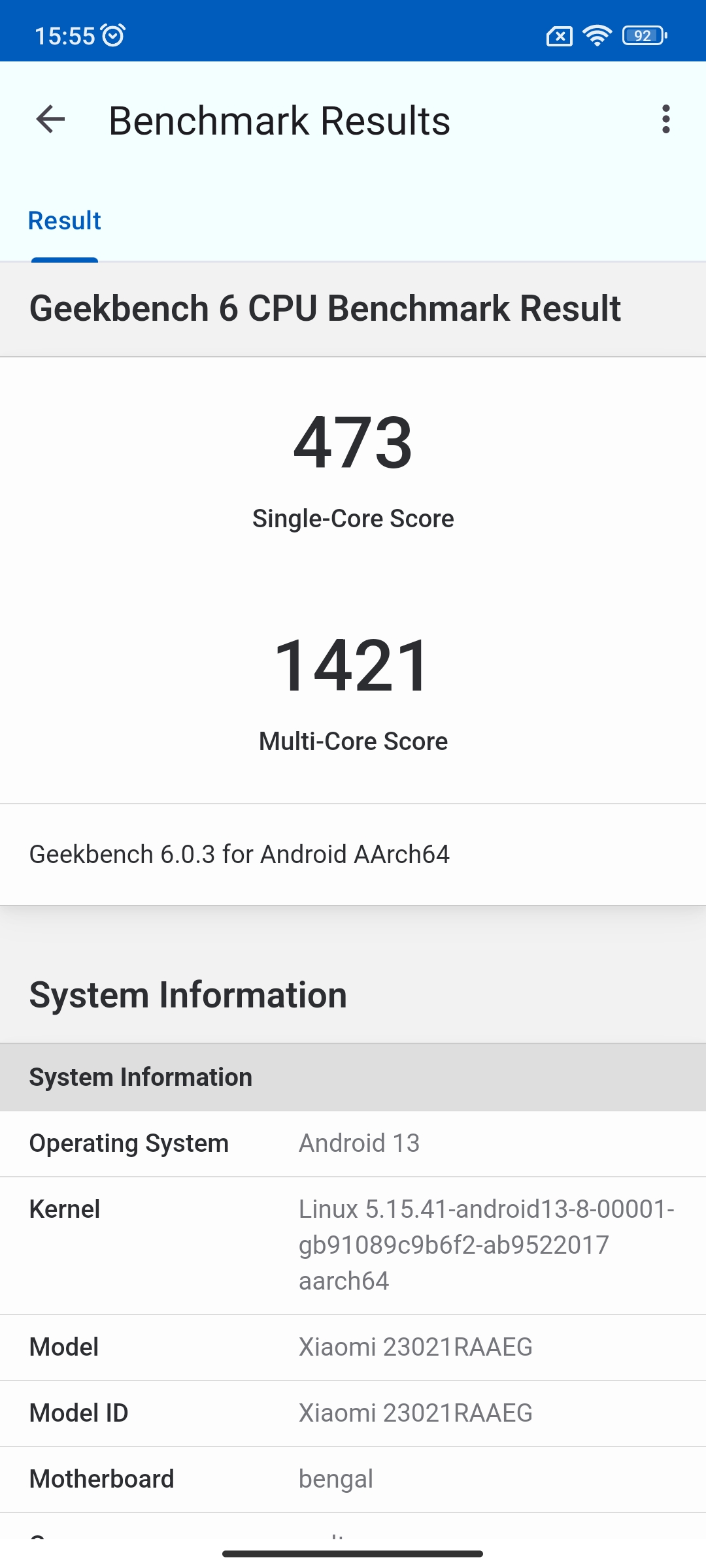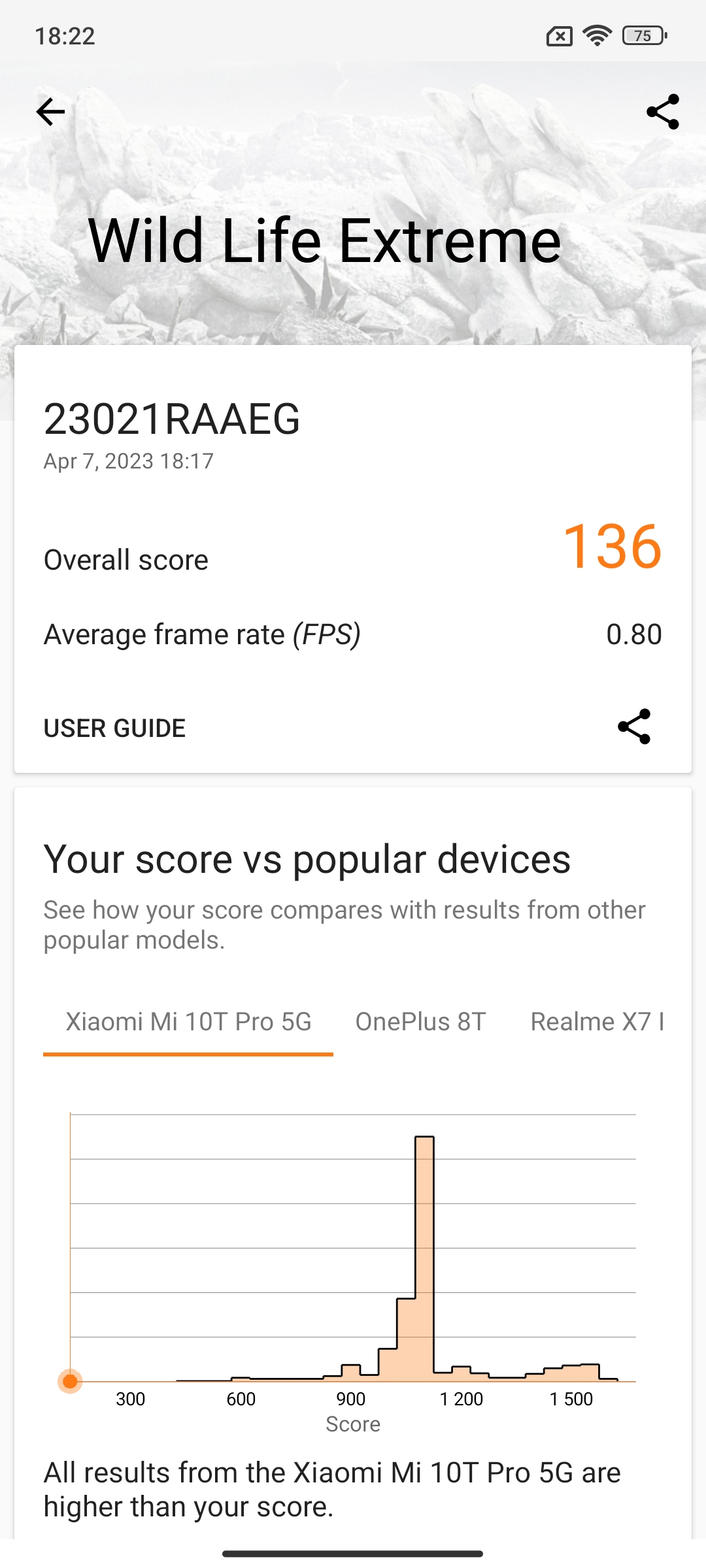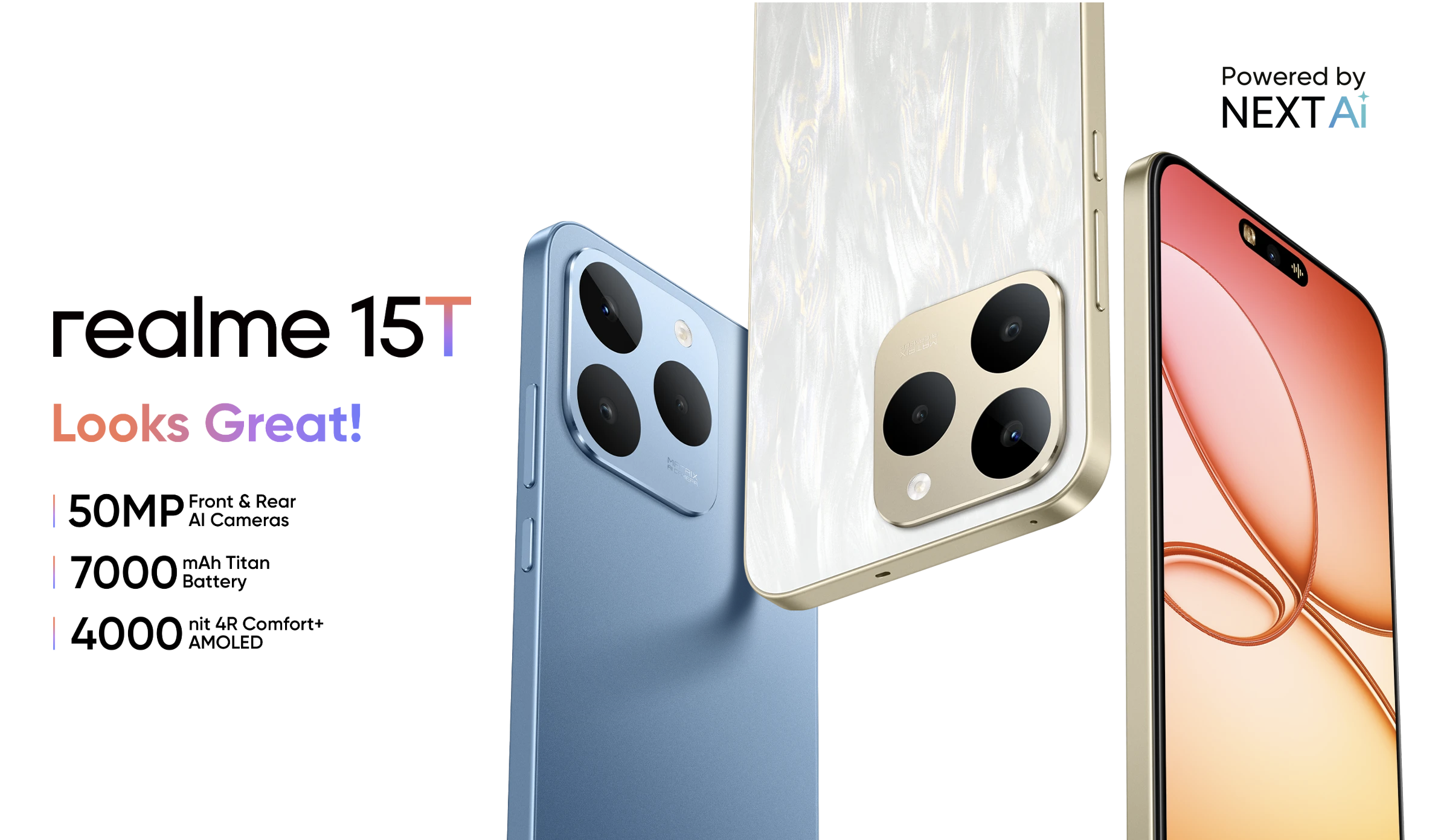TechLekh Verdict
The Redmi Note 12 4G undoubtedly offers incredible value for money. It strikes a perfect balance, featuring a 120Hz AMOLED display panel, a great design, and a satisfactory set of cameras and performance.
So, if you are looking for a balanced phone under Rs. 25,000 with no major sacrifice in one department then the Redmi Note 12 4G is an excellent option. This is going to be best for the majority of the users.
However, if gaming is your top priority and you’re seeking the absolute best performance in this price range, you may want to consider alternatives like the Poco M5 or even the Narzo 50. If you’re willing to invest a little more, the Realme 10 and the Redmi Note 12 5G are also worth considering. The gaming experience provided by the Redmi Note 12 4G is noticeably inferior in comparison.
And if you’re specifically after a superior camera phone, you might want to explore options like the Samsung Galaxy A24. However, do keep in mind that it may stretch your budget a bit.
Pros
- Vibrant, bright 120Hz AMOLED display
- Great design with an IP53 rating
- Long battery life
- Fast charging speed
- Decent main camera
Cons
- Subpar gaming capability
- Average ultrawide camera
The Redmi Note 12 4G, under the Redmi Note 12 series, is a budget smartphone from Xiaomi. When the series was first unveiled in China in October 2022, and in India in January 2023, the series only had 5G models.
Later, on March 23, 2023, when releasing the Note 12 series for the global market, Xiaomi unveiled the 4G counterpart of the Redmi Note 12. Within two weeks of its unveiling, the Redmi Note 12 4G got released in Nepal on April 3, 2023, along with the Redmi Note 12 Pro 5G.
The Redmi Note 12 4G price in Nepal is Rs. 22,999 (4/128GB), Rs. 24,999 (6/128GB), Rs. 26,999 (8/128GB), and Rs. 27,999 (8/256GB).
I have been using the device for a while and this is my Redmi Note 12 4G review.
Redmi Note 12 4G Specifications
- Body: 165.66 x 75.96 x 7.85 mm, 183.5 g, IP53 splash and dust resistant
- SIM: Dual SIM (Nano-SIM, dual stand-by)
- Display: 6.67 inches AMOLED, 1080 x 2400, 20:9, 120Hz, 450 nits (typ), 700 nits (HBM), 1200 nits (peak)
- Chipset: Qualcomm Snapdragon 685 (6 nm)
- CPU: Octa-core (4×2.8 GHz Cortex-A73 & 4×1.9 GHz Cortex-A53)
- GPU: Adreno 610
- Memory: 128GB 4GB RAM, 128GB 6GB RAM, 128GB 8GB RAM, UFS 2.2, LPDDR4X, microSD card support
- OS: Android 13, MIUI 14
- Rear Camera: 50 MP, f/1.8, (wide), 1/2.76″, 0.64µm, PDAF
- 8 MP, f/2.2, 120˚ (ultrawide), 1/4″, 1.12µm
- 2MP, f/2.4, (macro)
- Video: 1080p@30fps
- Front Camera: 13 MP, f/2.5, (wide), 1/3.0″
- Video: 1080p@30fps
- Battery: Non-removable Li-Po 5000mAh battery, 33W charging
- USB: USB Type-C 2.0, USB On-The-Go
- Misc: Fingerprint (side-mounted), 3.5mm headphone jack, accelerometer, proximity, gyro, compass
- Colors: Onyx gray, Ice blue, Mint green
Redmi Note 12 Price in Nepal: Rs. 22,999 (4/128GB) | Rs. 24,999 (6/128GB) | Rs. 26,999 (8/128GB) | Rs. 27,999 (8/256GB)
READ NEXT: Redmi Note 12 Pro 5G Price in Nepal (November 2025 Updated)
Redmi Note 12 4G Review
Great Design
- 165.66 x 75.96 x 7.85 mm
- 183.5 g
- Dual SIM (Nano-SIM, dual stand-by)
- IP53 splash and dust resistant

The Redmi Note 12 4G boasts an impressive design, featuring a flat back and frame. Despite being made of plastic, the back sports a frosted glass finish. In contrast, the 5G variant of the device has curved sides.
However, it’s worth mentioning that the back does tend to attract fingerprint smudges. Fortunately, as I have the Onyx Gray variant (essentially a fancy name for black), the smudges are not very noticeable unless observed from a specific angle.
The device maintains a modern aesthetic from the front with its punch-hole camera design and minimal bezels surrounding the display. Although the bottom bezel is slightly thicker than desired.
Xiaomi also provides an IP53 rating, offering some protection against dust and water spray. Additionally, the power and volume buttons are conveniently placed on the right side of the device. The power button also doubles as a fingerprint sensor, which works as intended.
Similarly, the bottom side of the device houses a microphone, a USB-C port, and a loudspeaker. Unfortunately, the speaker is mono, lacking the dual-speaker setup found in its predecessor, the Redmi Note 11.
Moving on to the top, Xiaomi has included its standard 3.5mm headphone jack, an IR blaster, and a secondary microphone for noise cancellation. On the left side, you’ll find the SIM card tray, which features a dedicated slot for two nano-SIM cards and a microSD card.
ALSO READ: Realme Narzo N55 Review: Budget Champ?
AMOLED Display
- 6.7-inch FHD+ AMOLED
- FHD+ display (1080 x 2400)
- 120Hz refresh rate

The Redmi Note 12 rocks a larger and faster display, measuring 6.67 inches diagonally and boasting an upgraded 120Hz refresh rate, leaving behind the previous 90Hz.
Xiaomi advertises that the display also supports 90Hz, but in reality, I could only choose between 120Hz or 60Hz settings.
Nevertheless, the display of the Redmi Note 12 outshines its competitors with its vibrant colors and deep blacks, thanks to its superior AMOLED panel.
In comparison to other phones in the same price range that usually feature IPS LCD display panels, this AMOLED panel truly stands out.
The viewing experience while watching Netflix and YouTube videos is immensely enjoyable on this device. Additionally, It is Widevine L1 certified, so you can enjoy HD content on major streaming platforms such as Netflix and Amazon Prime.
Now, Xiaomi claims the display has a typical brightness of 450 nits, 700 nits in HBM (high brightness mode), and can even hit a peak brightness of 1200 nits. I can’t personally confirm those numbers, but even under the blazing sun, the brightness is more than adequate.
Performance
- Qualcomm Snapdragon 685 (6 nm)
- Octa-core (4×2.8 GHz Cortex-A73 & 4×1.9 GHz Cortex-A53)
- Adreno 610
- 6GB RAM 128GB storage
The Redmi Note 12 4G is the first smartphone to come with the newly-announced Snapdragon 685 SoC. However, when it comes to performance upgrades, the chipset does not offer a significant boost.
The processor is actually very similar to the Snapdragon 680 found in last year’s Redmi Note 11. Both chips feature the same 4+4 configuration with two clusters of CPU cores. However, the Snapdragon 685 does have a slight advantage with its four performance cores (Cortex-A73) clocked at 2.8GHz, which is 400MHz faster than the Snapdragon 680.
Meanwhile, the efficiency cores based on Arm Cortex-A53 (1.9GHz) and the Adreno 610 GPU remain unchanged in both processors.
In terms of memory, the phone comes with 128GB of UFS 2.2 storage and an option of either 4GB, 6GB, or 8GB of LPDDR4X RAM. The one I am currently using is the middle 6GB variant.
Benchmark
Real-life Usage and Gaming
The performance of the Snapdragon 685 paired with 6GB of RAM is sufficient for handling the light tasks required in day-to-day life. It is responsive and functions as intended.
However, the device’s performance limitations become noticeable when running resource-heavy apps, particularly gaming. In terms of gaming performance, it falls short compared to other impressive aspects of the phone.
For instance, in PUBG Mobile, the highest achievable graphics setting is a “high” frame rate with graphics set to “smooth.” The only other graphics option available on this chipset is “balanced,” which restricts the frame rate to “medium.”
Regardless, when played at the “high” frame rate with “smooth” graphics, the phone consistently delivers a smooth gameplay experience, maintaining an average of 29.7 frames per second (fps) without any frame drops or stutters.
It is playable and enjoyable, but there are other phones in this price range that can offer better gameplay. Both the Poco M5 and Narzo 50 are capable of delivering 40fps gameplay on PUBG Mobile.
In Call of Duty (COD), the frame rate can be set to “high” while graphics quality is set to “low,” or “very high” while graphics quality is set to “medium.”
When adjusting the graphics quality to “low” and the frame rate to “high,” the device achieves an impressive 59.1 fps, which is almost a consistent 60 fps. The gameplay remains free of frame drops and jitters.
Lastly, I tested Genshin Impact, a demanding game. At the “lowest” graphics setting and a frame rate of “45,” the device initially delivered an average of 33.8 fps during the first 5 minutes of gameplay, but with noticeable frame drops and stutters.
After 15 minutes of gameplay, the average fps dropped slightly to 31.9. But surprisingly, the frame drops and stutters gradually diminished during this time.
In conclusion, the Redmi Note 12 4G offers satisfactory performance for everyday tasks, but it falls behind when it comes to resource-intensive gaming.
ALSO READ: Realme Narzo N55 Review: Budget Champ?
Decent Main Camera
- Rear Camera: 50 MP, f/1.8, (wide), 1/2.76″, 0.64µm, PDAF
- 8 MP, f/2.2, 120˚ (ultrawide), 1/4″, 1.12µm
- 2MP, f/2.4, (macro)
- Video: 1080p@30fps

The Redmi Note 12 4G has a triple camera setup at the rear comprising a 50MP main camera, an 8MP ultrawide camera, and a 2MP macro camera.
Normal Photos
In daylight conditions, the photos from the main camera are good, with enough sharpness and natural colors. Surprisingly, when comparing them to the more expensive Redmi Note 12 5G, I noticed that the Redmi Note 12 4G’s photos have slightly better sharpness and finer details, despite the overall similarity between the two.
Portrait Mode
Portrait shots taken in portrait mode are decent with an average job of background blur and subject separation.
Ultrawide Photos
The ultrawide photos are also average for the price. While the colors appear natural, there is a noticeable lack of sharpness and details. Additionally, some noise is visible in the images.
Front Camera
In favorable lighting conditions, the 13MP front camera of the Redmi Note 12 4G performs well, capturing good selfies. However, in challenging lighting conditions, the resulting photos show noticeable noise. Additionally, the photos lack sufficient sharpness.
Furthermore, the default “smooth” beauty mode in the camera app smoothes out the face so aggressively that it practically erases any texture. Thankfully, you can tweak the intensity of this effect to suit your preferences or disable it altogether.
Video
As expected from a budget phone, the Redmi Note 12 4G fails to shoot good videos. It can only record up to 1080p at 30 fps.
The recorded videos lack clarity and detail, resulting in a soft appearance. The dynamic range is also limited, and the colors are only satisfactory. While the provided electronic image stabilization (EIS) does an adequate job of stabilizing the footage, it doesn’t offer anything particularly impressive.
The same holds true for ultrawide videos, which also suffer from a lack of sharpness and noticeable noise. Overall, the videos captured by the Redmi Note 12 4G fail to make a lasting impression.
Great Battery Life
- 5000mAh battery
- 33W fast charging support

The battery life of the Redmi Note 12 is great. A full charge of the battery can easily provide over a day of battery life.
The charging is also fast. It supports 33W fast charging, which can charge over 50% in just around 30 minutes. For a full charge, it takes an hour and around 10 minutes more.
MIUI 14
- Android 13
- MIUI 14

Out of the box, the phone runs on Android 13 topped with MIUI 14. It is a familiar MIUI with tons of unnecessary pre-installed applications and games. Small bugs can be found here and there, but nothing frustrating.
And Xiaomi, please add the settings shortcut in the notification panel when in landscape mode. It’s conveniently located in the top right corner during portrait mode, but frustratingly disappears when the device is rotated.
And regarding the haptic feedback, the Redmi Note 12’s vibration motor is rather average. It lacks the precision and satisfying clickiness found in other premium smartphones.
So this is my Xiaomi Redmi Note 12 4G review. What do you think of the Redmi Note 12 4G? Let me know in the comments!
-
TVS iQube 3.0 Variant Now in Nepal with 100 km Range and 5-Year WarrantyHIGHLIGHTS TVS iQube price in Nepal starts at Rs. 3 Lakhs to Rs. 3.60 Lakhs.…
-
Realme 15T Launched in Nepal with 7000mAh BatteryHIGHLIGHTS The Realme 15T price in Nepal is start at Rs. 39,999 (8/256GB). It has…
-
Samsung Galaxy Tab S11 Launched in Nepal: But Can It Beat the iPad?HIGHLIGHTS Samsung Galaxy Tab S11 price in Nepal is Rs. 1,29,999 (12/256GB – Wi-Fi). It…







